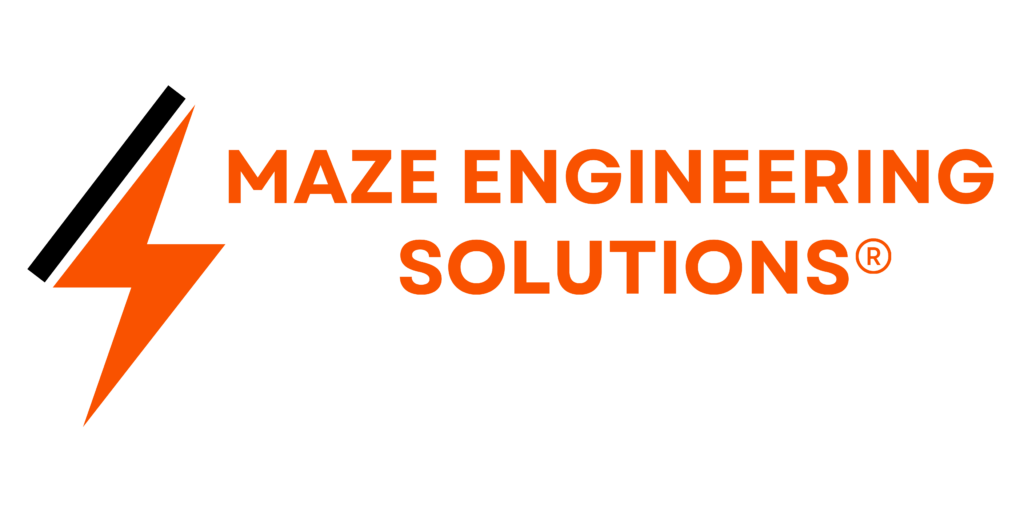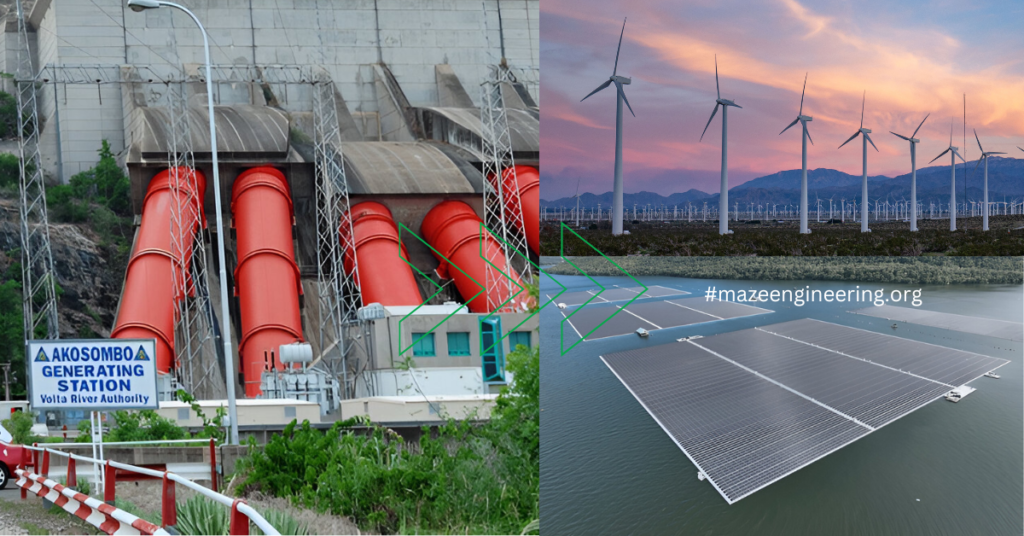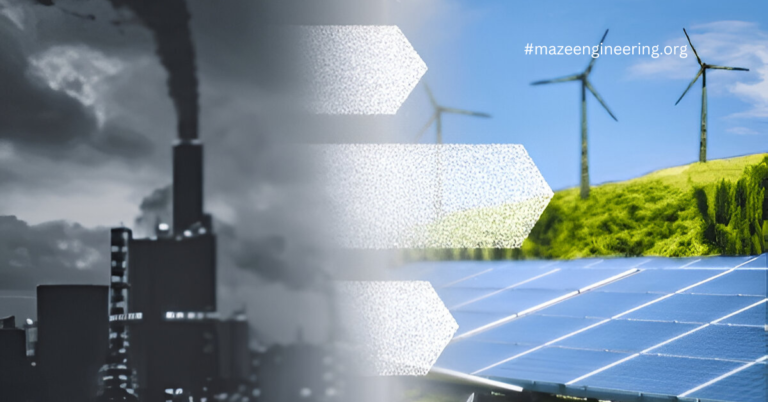Introduction
Ghana, like many nations, stands at a pivotal crossroads when it comes to clean energy adoption. While ambitious renewable energy goals have been set, progress on the ground appears slower than anticipated. Can the country successfully transition to a renewable future, or are there critical gaps hindering progress? This article analyzes the current preparedness of Ghana’s energy sector, highlights recent developments, and advocates for actionable solutions to drive sustainable energy growth.
The Renewable Energy Landscape in Ghana
Ghana has long been a leader in West Africa when it comes to energy infrastructure. The government’s Renewable Energy Master Plan targets 10% renewable energy generation in the national grid by 2030. However, as of recent reports, only 1% of energy production comes from renewables such as solar, wind, and biomass. The rest remains dominated by fossil fuels and hydropower.
Key Recent Developments in Ghana’s Energy Sector:
- Floating Solar Plant Initiative (2023): Plans for Africa’s largest floating solar power plant on Lake Volta have sparked global attention. This could generate up to 250 MW of clean energy. Details here.
- Ghana’s Energy Crisis Resurgence: Rolling blackouts (“dumsor”) in early 2024 remind us of the fragility of the existing grid and underscore the urgency for a resilient renewable energy system.
- Foreign Investment in Renewables: Partnerships with global players like USAID and UNDP have led to promising solar and mini-grid projects in rural areas.
While these projects are commendable, the country faces structural barriers that must be addressed urgently.
Barriers to Ghana’s Renewable Energy Transition
- Inadequate Policy Implementation:
Ghana’s renewable energy policies are robust on paper but lack clear execution roadmaps. For instance, the Renewable Energy Act of 2011 is yet to be fully implemented and then, recently the National Energy Policy came into course. - High Initial Costs of Infrastructure:
Although renewable energy has become cheaper globally, upfront costs for installing solar grids or wind farms remain prohibitive for local investors and communities. - Grid Integration Challenges:
Existing grids were designed primarily for fossil fuels and hydropower sources. Transitioning to intermittent renewables like solar and wind demands significant investment in smart grid technology. - Low Public Awareness and Stakeholder Collaboration:
A lack of education about clean energy opportunities leads to slower adoption rates, particularly in rural areas. Additionally, stronger collaboration between the government, private sector, and international bodies is essential.
What Needs to Change: Bold Actions for a Renewable Future
- Prioritize Policy Execution:
Clear roadmaps for achieving the 2030 target are essential. Government agencies must adopt a more agile approach to implementing policies, ensuring accountability. - Promote Public-Private Partnerships (PPPs):
Incentivize local and foreign investors to support renewable energy infrastructure. Subsidies, tax reliefs, and funding schemes will bridge financial barriers. - Grid Modernization:
Invest in smart grid technologies that can efficiently integrate renewable energy sources into the national power supply. - Education and Public Engagement:
Programs that raise awareness about the economic and environmental benefits of renewables will drive adoption, particularly at the grassroots level. - Encourage Innovation and Technology Transfer:
Learning from renewable success stories in countries like Kenya, Morocco, and Germany can offer practical blueprints for implementation.
A Glimpse at Global Success: Lessons for Ghana
-
- Morocco’s Noor Solar Complex is the largest concentrated solar farm in the world and generates 580 MW of power. Its success stems from strong government backing and partnerships.
-
- Kenya’s Lake Turkana Wind Farm supplies about 15% of the country’s power needs, proving that large-scale renewable projects are achievable in Africa.
Conclusion
Ghana’s renewable energy journey is full of promise but demands immediate, bold action to address policy gaps, financial barriers, and technological challenges. By harnessing public-private partnerships, modernizing the grid, and promoting awareness, Ghana can pave the way for a clean, sustainable energy future.
“Ghana’s renewable future is not a dream—it’s a necessity. The question isn’t whether we can afford to transition but whether we can afford not to.”
Read the 2021 national energy policy for Ghana here.


